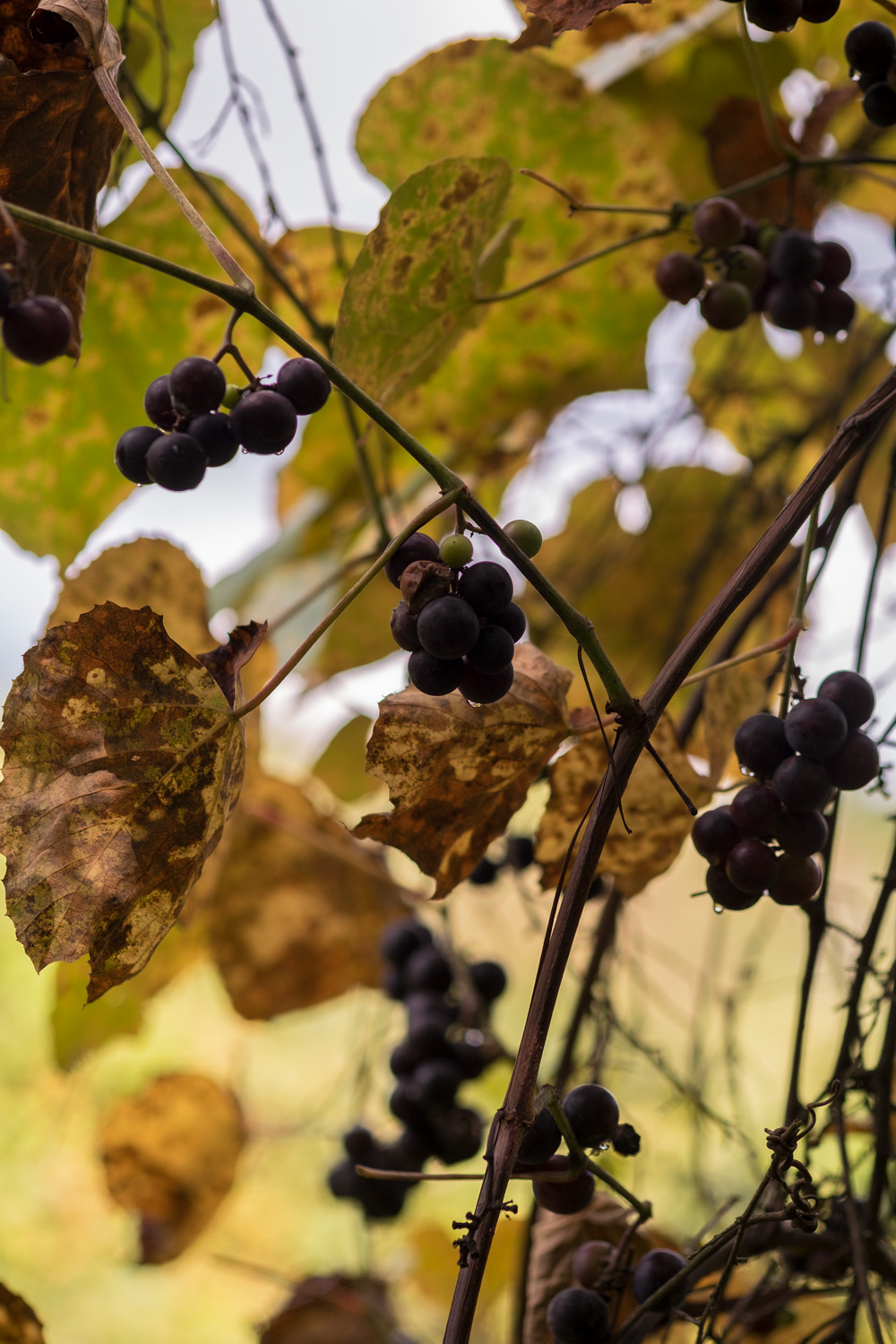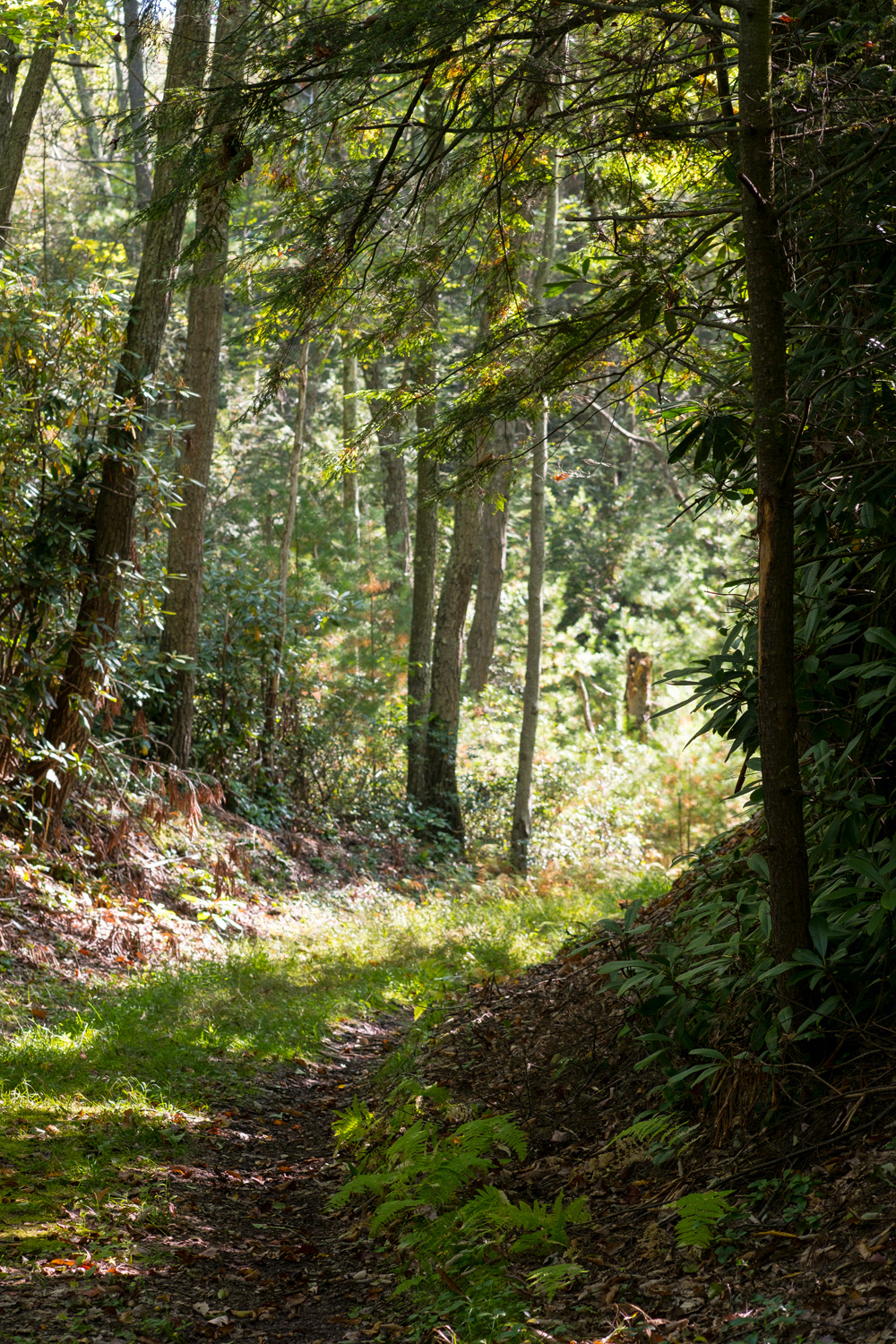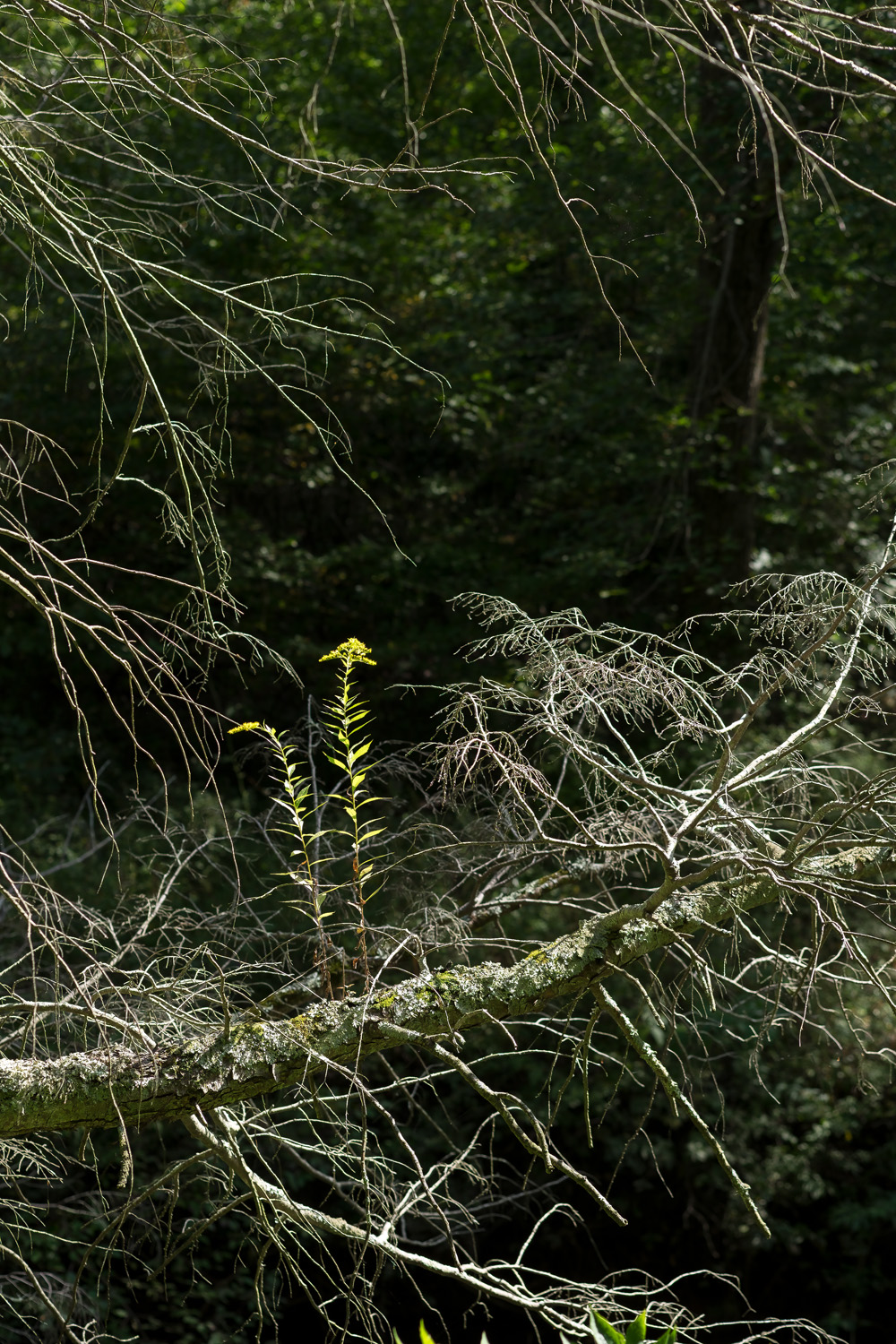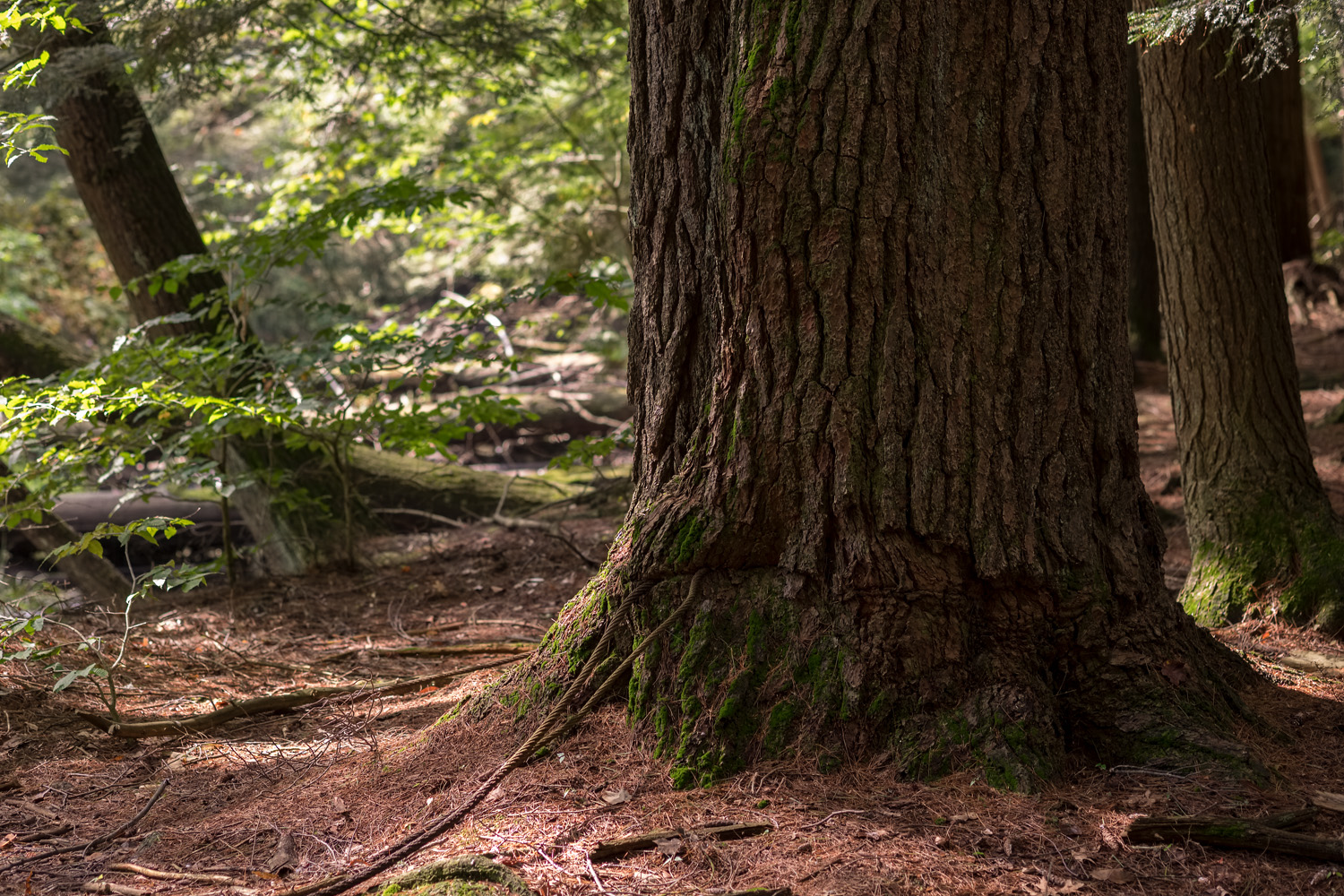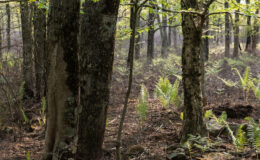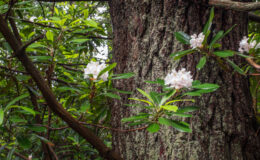Every once in a while, perhaps while out shopping, or at a restaurant, I will encounter an old friend, whose life path has drifted out of my particular orbit. After spending some time catching up, I will be reminded of how much I enjoy their company, and will wonder why we didn’t make more of an effort to keep in touch.
In the last several weeks, I feel it had that sort of an experience with a lens. In particular, the Fujinon XF 60 mm f2.4.
This was one of the 3 original prime lenses introduced with the X Pro 1 in 2012. At the time, it was lauded by some is the sharpest of the trio (the 18 mm f 2.8, the 35mm F1.4, were the other 2 lenses).
I remember my initial impressions were that this was a bitingly sharp lens, noticeably more so than my Nikon primes. In fact, the quality of all of these original lenses probably helped pull me from using my Nikon gear, to shooting mainly with Fuji.
But just like with life, newer things come along, in this case, lenses that are faster and newer, and distract me from an old companion. After a time the 60 mm became lost in the back of my photography cabinet.
Several weeks ago while on my way out the door to go hiking, I picked up camera bag with my XT-10 body, which I noticed had no lens mounted on it. I opened a cabinet and on a whim, reached blindly to the back of the shelf, determined to utilize the first Fujifilm lens I grabbed. This turned out to be the 60 mm, which I have basically ignored for many years. I mounted it on the camera and have been shooting ever since.
To remind you, this is a macro lens, the first in the Fujifilm “XF” line. It is fairly diminutive, compared to for instance the 56 mm f.12. It’s nicely built, with not only a fairly deeply recessed small front element but then a rather large metal lens hood. All of this makes it quite resistant to lens flare as the sun’s rays rarely reach the front element.
Though the lens aperture is tighter than many of the other Fujifilm primes, the lens is quite sharp wide open at F2.4. For those of us that focus on landscape imaging, the modest deficit in light gathering is really not much of an impediment when shooting in the daylight hours. This plus its small size may make it preferable to the newer 56mm for shooting while hiking. If only it had stabilization…
On an APS sensor, the lens has a 90 mm equivalent field of view, which makes it ideal for the sort of late summer early fall photography, available now as it allows you to isolate the sporadic displays of autumnal color beginning to erupt at this time of year. It’s also wonderful to have its macro capabilities for close-ups of wildflowers and the other fall forest offerings.
And boy is it sharp! From f2.8 and above, the lens has incredible definition. Out of focus elements look lovely at f2.4-3.5. Mounted on the XT-10 it balances very nicely, though it is a bit long with the lens hood installed. Still an all, it’s very compact package.
One downside of this optic for outdoor use is that given its magnification, it is prone to artifacts from camera shake. I find that using my steel Gitzo monopod, and good shooting technique, I can get acceptably sharp results without a tripod. You just have to be careful.
I did a search on eBay and found there are a lot of these lenses for sale. I suspect that it is a common lens for Fujifilm users to unload. There is a wide range of price’s but it looks like you could acquire a nice used one for between $US200- $400. There is also a broad range of prices for new lenses of between $US300-$650.
Given my experience, I think I’m going to put this lens back into circulation for outdoor shooting, relying more on the 56 mm f1.2 for street, and indoor work.
If you have one in the back of your cabinet, pull it out. I suspect he will find it is indeed like an old friend.



